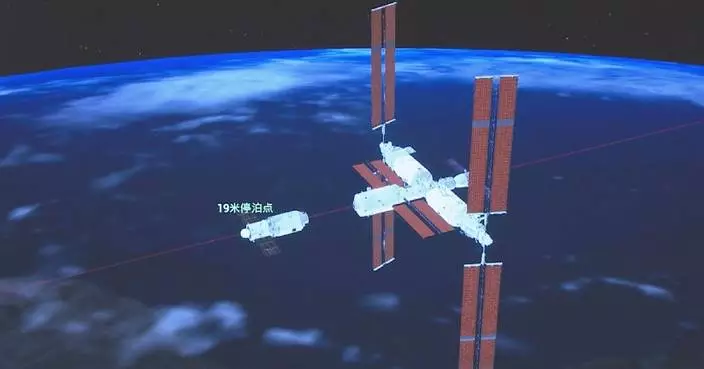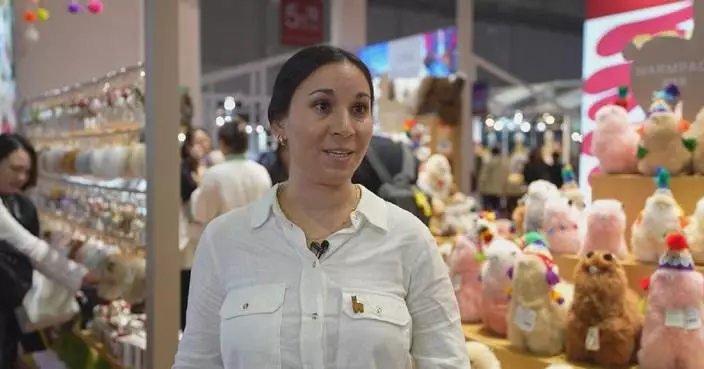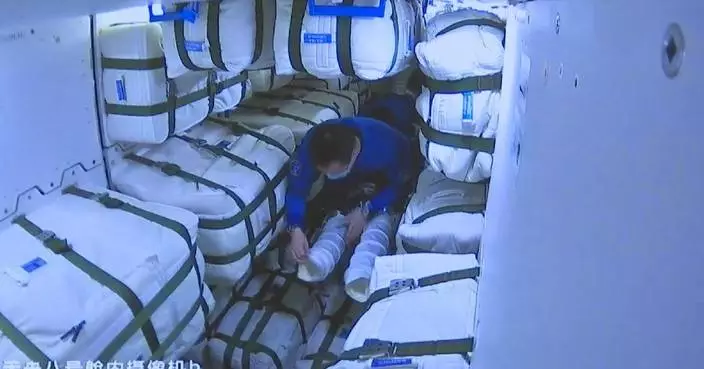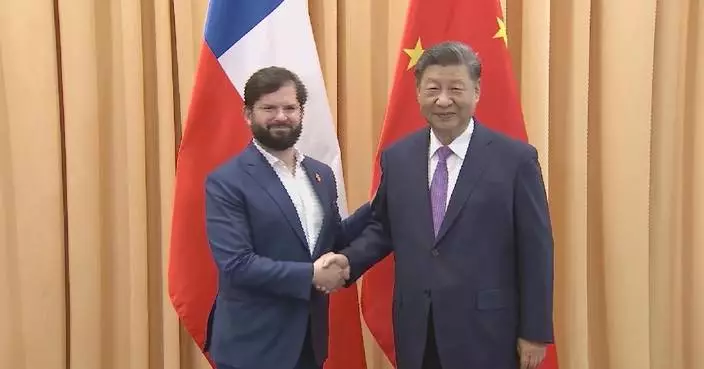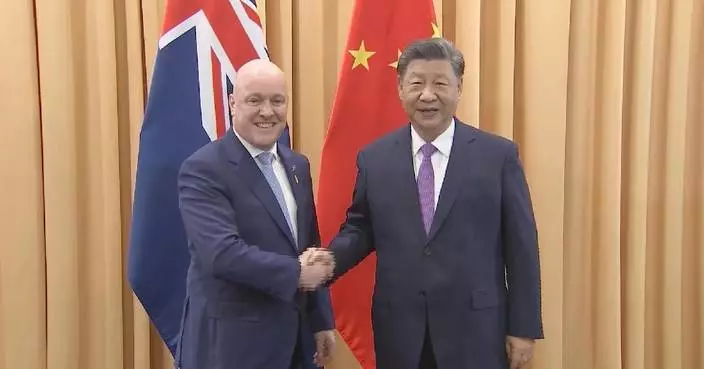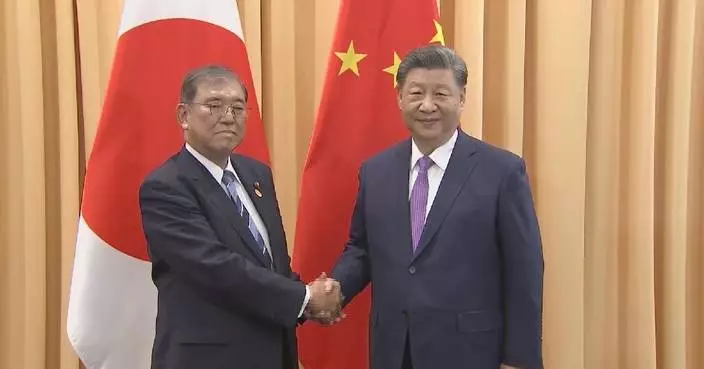Peru's newly opened Chancay Port is creating new business opportunities for Peruvian entrepreneurs, according to a local business owner.
The launch of the Chancay Port will reduce sea freight time from Peru to Asia from 45 days to just 23 days. With shorter transit times and lower logistics costs, companies like Warmpaca can deliver popular Peruvian products, such as its beloved alpaca dolls, to Chinese customers much faster.
A week ago, Ysabel Zea, co-founder of Warmpaca, showcased her brand’s charming alpaca plush toys at the China International Import Expo (CIIE) in Shanghai. Having participated in the expo three times, Ysabel noted that China is a key market for her brand. However, she explained that one of the biggest challenges for her business has been the long transportation time between Peru and China.
"It takes too long. It's around 60 days from Lima to Shanghai. We need our products here right now," Ysabel said.
Following the launch of the new port on Thursday, which was constructed by a Chinese company, direct transit between Chancay and Shanghai is now possible, reducing transport time of Warmpaca's alpaca plush toys from over two months to just 35 days.
Ysabel said the port will create more opportunities for local entrepreneurs and generate additional jobs for the community.
"I feel very happy. I have a lot of hopes. It means future. It means work for more artisans in Peru. It means opportunities, more income for the families, better education for their sons and their daughters. It just means a lot of hope," said Ysabel.
The Chancay Port is located 80 kilometers north of Peru's capital, Lima, and is a key project under the Belt and Road Initiative between China and Peru.

Chancay Port brings more opportunities to Peruvian entrepreneurs
Peruvian university student Anna Paula Peralta said she hopes to use her Chinese language skills to help bridge cultural divides, building on efforts between leaders as the 31st Asia-Pacific Economic Cooperation (APEC) Economic Leaders' Meeting takes place in the Peruvian capital of Lima.
This year's meeting is being held on Friday and Saturday under the theme "Empower, Include, Grow", gathering heads of state and other dignitaries from 21 member economies across the Asia-Pacific region, including China, the United States, and other major economies in Southeast Asia.
With the world eying China's advancement of its ties with numerous Asia-Pacific countries at the summit, Peralta emphasized that China has long made efforts to help young people like her learn the Chinese language and immerse themselves in its rich culture.
"I studied at Jilin University in China. I studied Chinese for one year at that university. I also studied at a Chinese school in Peru for 11 years. There, I learned about Chinese culture, which inspired me to learn more about the language at the Confucius Institute. At the same time, I also participated in the Chinese Bridge Chinese proficiency competition in Peru and won the second place. I received a scholarship that gave me the opportunity to learn Chinese more deeply and get to know China better. This experience was really great. China provides many opportunities for Peruvians who are interested in learning Chinese language and culture, including scholarships and exchange programs," she said.
Peralta hopes the APEC meeting brings about more fruitful partnerships and contributes to the sustainable development of all APEC members.
In the future, Peralta aims to utilize her knowledge of communication to promote cultural exchanges between China and Peru, serving as a bridge between the two peoples.
"I am currently studying communication at the University of Lima in Peru. I hope that the topics discussed at APEC can include cooperation agreements between stronger countries and weaker countries to create opportunities for economic growth in isolated communities. At the same time, environmental protection is also important. It is very important to protect and conserve the natural resources of APEC members," she said.

Peruvian student expects to build closer ties with China through APEC




